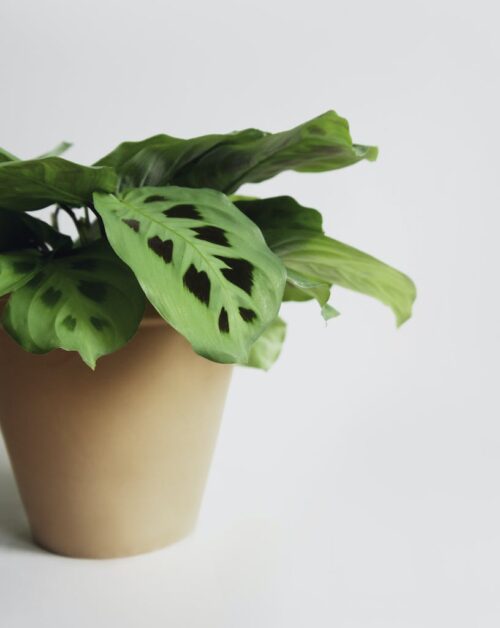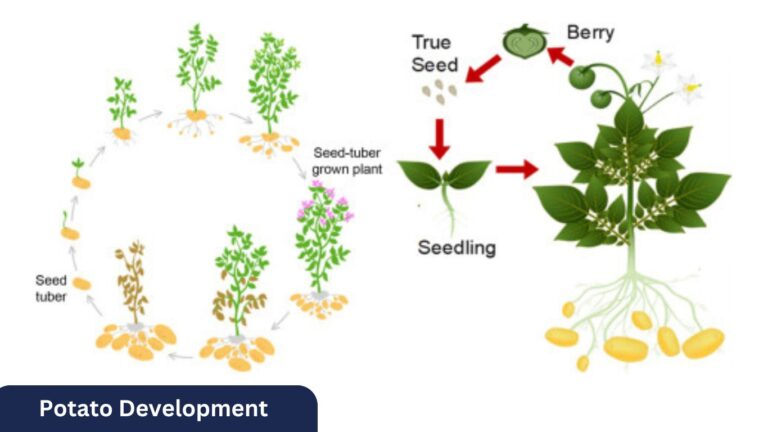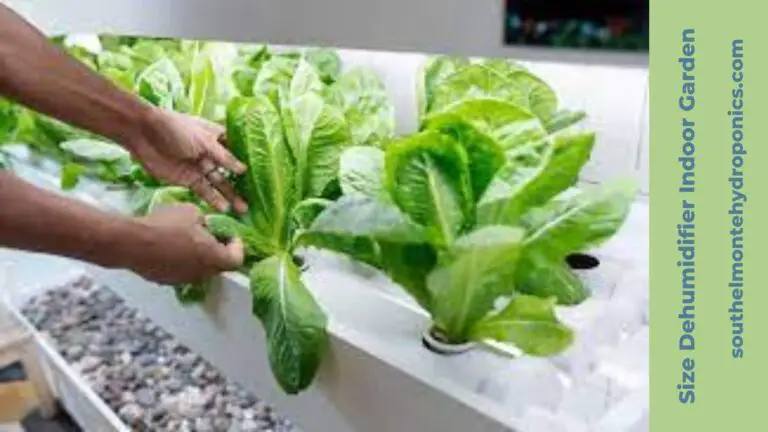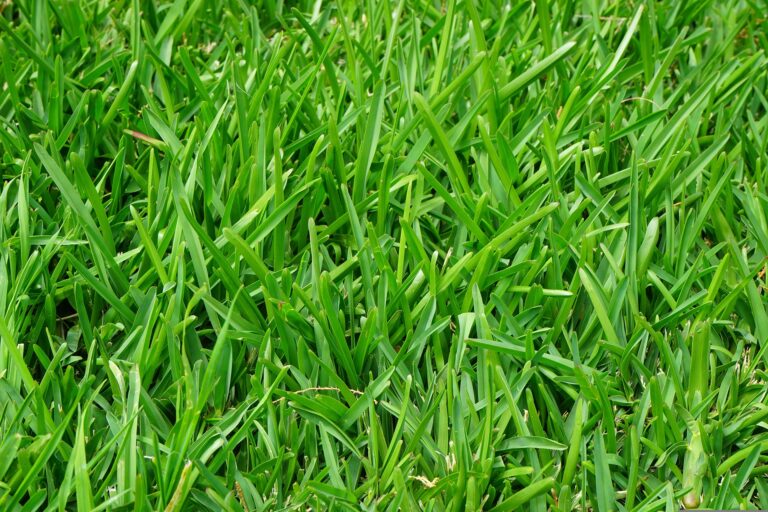Prayer Plant Perfection: How to Grow Maranta Leuconeura
Table of Contents
Troubleshooting Common Issues: Addressing Problems and Ensuring the Health of Your Prayer Plant
Prayer plants, scientifically known as Maranta leuconeura, are beloved for their vibrant foliage and ability to thrive indoors. However, like any plant, they can encounter issues that hinder their health and vigor. In this section, we will explore common problems that may arise with your prayer plant and provide simple solutions to address them.
One of the most common issues gardeners face with prayer plants is yellowing leaves. This can be caused by a variety of factors, including overwatering, underwatering, or insufficient light. To troubleshoot this problem, start by examining your watering habits. Ensure that the soil is slightly moist but not overly soggy, as consistent waterlogged conditions can lead to root rot. On the other hand, if the soil feels dry to the touch, it may be a sign of underwatering. Adjust your watering schedule accordingly, aiming for a balance that keeps the soil consistently moist but not excessively wet. Additionally, prayer plants thrive in bright, indirect light. If your plant is not receiving enough light, try moving it to a brighter location or providing supplemental light with grow lights. By addressing these factors, you can help your prayer plant regain its health and vibrancy.
Another commonly encountered issue is the presence of brown leaf tips or edges. This can be a result of low humidity levels in the surrounding environment. Prayer plants naturally prefer higher humidity, and when exposed to dry air, their leaves can dry out and develop these unsightly brown tips. To combat this, consider increasing humidity levels around your plant. You can do so by misting the leaves with water periodically or using a humidifier in the room. Another effective method is placing a tray filled with water near the plant, allowing the water to naturally evaporate and create a more humid environment. By providing adequate humidity, you can help prevent further browning of the leaf tips and ensure the overall health and vitality of your prayer plant.
| Common Issue | Possible Cause | Troubleshooting Tips |
|---|---|---|
| Yellowing Leaves | Overwatering, Underwatering, Poor Drainage | Adjust watering frequency; Ensure proper drainage |
| Brown Leaf Tips | Low Humidity, Over-fertilization | Increase humidity levels; Reduce fertilizer application |
| Drooping Leaves | Underwatering, Overwatering, Temperature | Check soil moisture; Adjust watering; Ensure suitable temperature |
| Leaf Curling | Low Humidity, Temperature Extremes | Increase humidity; Maintain consistent temperature |
| Slow Growth | Lack of Light, Nutrient Deficiency | Provide adequate light; Fertilize as needed |
| Pest Infestation | Mealybugs, Spider Mites, Aphids | Inspect plant regularly; Treat with appropriate insecticide |
| Root Rot | Overwatering, Poor Drainage | Allow soil to dry between waterings; Improve soil drainage |
| Pale Leaves | Lack of Light, Nutrient Deficiency | Move plant to brighter location; Feed with balanced fertilizer |
Enhancing Growth with Propagation: Expanding Your Maranta Leuconeura Collection
Maranta leuconeura, commonly known as the prayer plant, is a popular houseplant admired for its vibrant foliage and unique ability to fold its leaves during the night, resembling hands pressed together in prayer. If you are a gardening enthusiast looking to expand your collection of Maranta leuconeura, propagation can be an effective method to enhance growth and ensure a healthy and thriving assortment of these captivating plants.
Propagation of Maranta leuconeura can be achieved through two primary methods: division and stem cuttings. Division involves separating the plant into smaller sections, each containing its own set of roots and leaves. Stem cuttings, on the other hand, involve taking a cutting from the main plant and encouraging it to develop roots of its own. Both methods have their advantages, and understanding the process for each can help you successfully expand your Maranta leuconeura collection.
• Division:
– Divide the plant by carefully separating it into smaller sections
– Each section should have its own set of roots and leaves
– This method allows for quick propagation and immediate growth
• Stem cuttings:
– Take a cutting from the main plant, ensuring it has at least two nodes
– Remove any lower leaves to expose the nodes
– Place the cutting in water or a well-draining soil mix to encourage root development
– This method may take longer for new growth to appear compared to division
Regardless of which method you choose, there are some general guidelines that can help ensure successful propagation:
• Choose a healthy parent plant:
– Select a Maranta leuconeura with vibrant foliage and strong stems
– Avoid plants that show signs of disease or pest infestation
• Use clean tools:
– Sterilize your knife or shears before making any cuts to prevent introducing pathogens
• Provide proper care after propagation:
– Keep newly propagated plants in a warm and humid environment
– Mist them regularly to maintain high humidity levels
– Avoid direct sunlight as it can scorch their delicate leaves
By utilizing these methods and following best practices, you can effectively propagate your Maranta leuconeura collection. Not only will this allow you to expand your assortment quickly, but it will also ensure that each new plant is healthy and thriving. With patience and care, you’ll soon have an impressive display of prayer plants filling your home.

Styling and Decorating
With its vibrant colors and unique leaf patterns, the prayer plant, also known as Maranta leuconeura, is not only a stunning addition to any indoor space but also a versatile plant that can complement a variety of interior design styles. When it comes to styling and decorating with prayer plants, there are endless possibilities to explore. Whether you prefer a minimalist and modern look, or a more eclectic and bohemian feel, the prayer plant can effortlessly adapt to suit your aesthetic preferences.
One way to incorporate prayer plants into your interior design is by creating eye-catching displays using different sized pots and plant stands. Consider grouping together plants of varying heights and placing them on a floating shelf or a dedicated plant display table. This not only adds visual interest but also allows you to maximize the available space and create a focal point in the room. Additionally, mixing prayer plants with other indoor plants can create a lush and layered look, adding depth and dimension to your space. From cascading vines to upright and bushy varieties, prayer plants can be combined with various other plant species to create a dynamic display that reflects your personal style.
How do I troubleshoot common issues with my prayer plant?
To troubleshoot common issues with your prayer plant, you can start by checking the soil moisture levels. Ensure that you are not overwatering or underwatering the plant. Additionally, inspect the leaves for any signs of pests or diseases. If the leaves are turning yellow or brown, it may be a sign of improper watering or inadequate light. Adjusting these factors can help resolve common issues with your prayer plant.
How can I ensure the health of my prayer plant?
To ensure the health of your prayer plant, it is important to provide it with the right growing conditions. This includes placing it in a location with bright, indirect light, away from direct sunlight. Additionally, maintaining consistent humidity levels between 40% and 60% can greatly benefit the plant. Regularly check the soil moisture and water accordingly to keep it evenly moist but not waterlogged. Lastly, keep an eye out for any signs of pests or diseases and address them promptly to maintain the plant’s health.
Can I propagate my Maranta Leuconeura to expand my collection?
Yes, you can propagate your Maranta Leuconeura to expand your collection. One common method of propagation is through division. Carefully remove the plant from its pot and separate the rhizomes, ensuring that each division has a few healthy leaves and roots. Plant the divisions in separate containers with well-draining soil and provide them with the same care as mature prayer plants. With time and proper care, the propagated Maranta Leuconeura will grow into new plants, allowing you to expand your collection.
Are there any specific styling and decorating tips for prayer plants?
Prayer plants, with their vibrant foliage, can be great additions to your interior decor. One styling tip is to place them in hanging baskets or macrame plant hangers to showcase their cascading leaves. You can also group them with other houseplants of varying heights and textures to create an appealing display. Additionally, consider placing them in rooms with high humidity, such as bathrooms or kitchens, as they thrive in such environments. Lastly, prayer plants can add a pop of color to office spaces or study areas, making them both aesthetically pleasing and beneficial for productivity.

Ankit Garg is a seasoned writer at South El Monte Hydroponics, blending his passion for agriculture with a penchant for storytelling. With a degree in Agricultural Sciences from a prestigious institution, Ankit’s expertise lies in hydroponics, sustainable farming, and innovative cultivation techniques. His keen interest in exploring the intersection of technology and agriculture has led him to delve deep into the realm of hydroponic farming, where he thrives in uncovering the latest advancements and sharing insights through his engaging prose. Ankit’s dedication to promoting eco-friendly and efficient farming practices through his writing has earned him recognition within the agricultural community and beyond.







